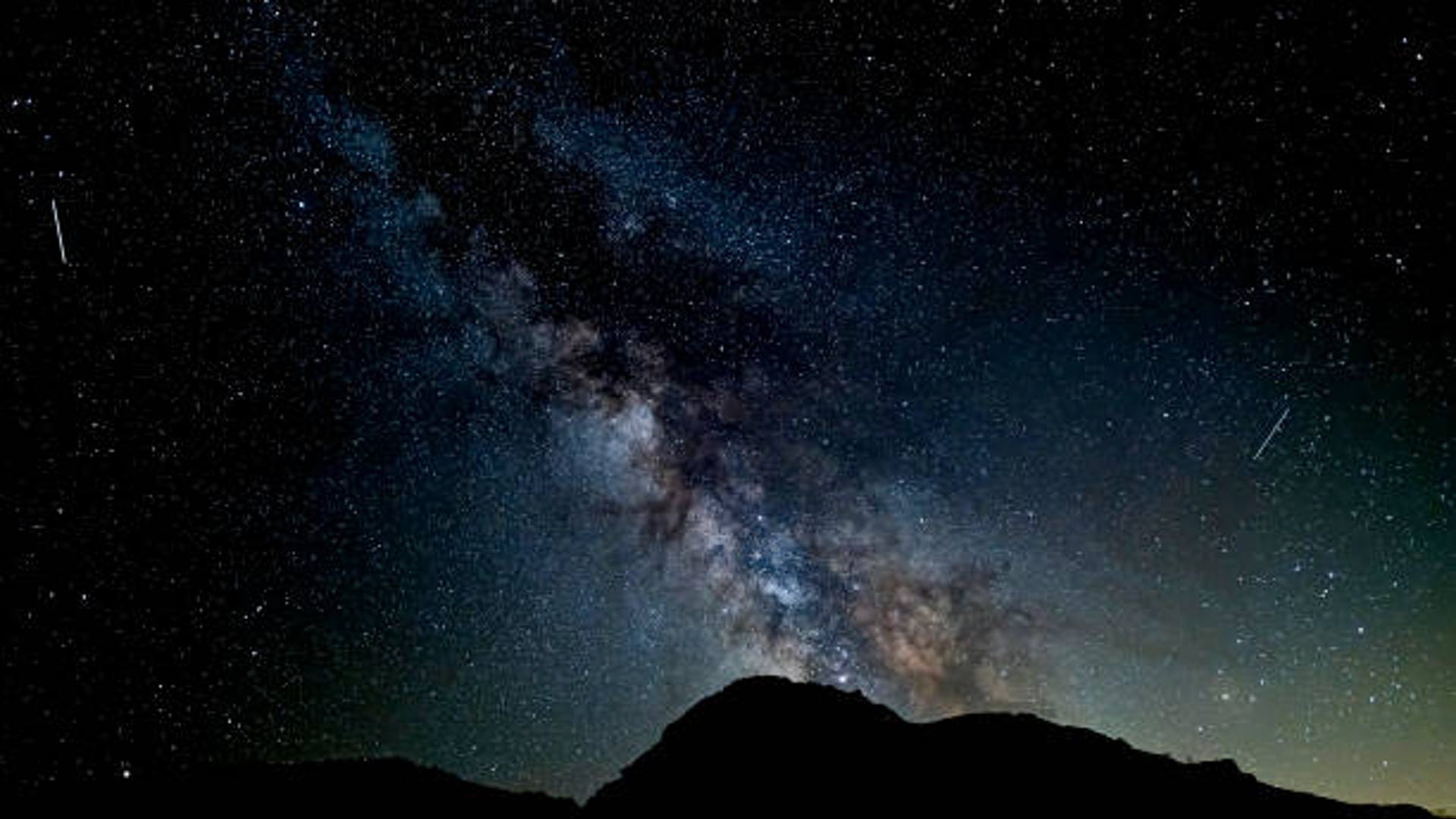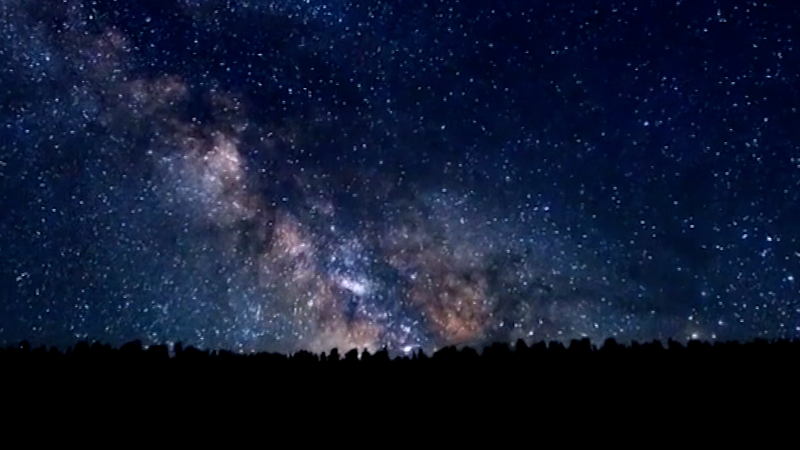Summer meteor showers underway: When, where to see Perseids, 2 others in US
Famed for its fireballs, the Perseid meteor shower is a "can't-miss" event for stargazers around the globe. It's also one of three that become active in July.

- In 2025, the Perseid meteor shower is expected to become active Thursday, July 17 and remain so until Aug. 23.
- Both the Southern delta Aquarids and the alpha Capricornids are due to peak at the same time between July 29 and July 30.
- The string of summer meteor showers are the first in nearly two months since the ETA Aquarids came to an end May 28.
If it feels like it's been a while since you've been able to watch a stunning meteor shower light up the night sky, you're in luck.
Following nearly a two-month "shooting stars" drought, three meteor showers are set to become active concurrently in July. The celestial activity will then hit a crescendo in August with the peak of what is widely considered the best meteor shower of the year: the Perseids.
With its whizzing meteors and blazing fireballs, the Perseid meteor shower reliably puts on a spectacle every year for stargazers around the world. Spectators who step outside at just the right time could be treated to up to 100 Perseid meteors per hour streaking across the night sky, leaving long wakes of light and color behind them.
But what's the best part of the Perseids? Because they peak in summer, spectators don't have to contend with cold weather like they do when other famous meteor showers such as the Leonids and Geminids hit their peak activity.
Here's everything to know about the summer's upcoming meteor showers, headlined by the spectacular Perseids.
Perseid meteor shower underway: Where, when to look up

In 2025, the Perseid meteor shower is expected to become active Thursday, July 17 and remain so until Aug. 23, according to the American Meteor Society.
The Perseids are best viewed in the Northern Hemisphere.
Once the sun sets and the moon is below the horizon, spectators should only have to contend with local light pollution and clouds that could interfere with the number of meteors they can see.
Like all meteor showers, the Perseids are best viewed during the dark hours between midnight and dawn. However, it is possible under the right conditions to view Perseid meteors as early as 10 p.m. ET, according to NASA.
When is the next meteor shower? 2 to peak at same time
What's more, the Perseids aren't the only meteor shower lighting up the night sky this summer.
Both the Southern delta Aquarids and the alpha Capricornids are due to peak at the same time between July 29 and July 30, according to the American Meteor Society.
The Capricornids began their activity July 12 and will be followed by the Southern delta Aquarids (also spelled "Aquariids") Friday, July 18. Both meteor showers will remain active until Aug. 12.
Unfortunately, neither shower is famed for being very strong.
The Southern Delta Aquarids are faint meteors that are difficult enough to spot as it is. But if the moon is visible at all, it will be near impossible, according to NASA.
When was the last meteor shower? ETA Aquarids ended in May
The string of summer meteor showers are the first in nearly two months since the ETA Aquarids came to an end May 28.
The Aquarids, which first became active April 19, peaked between May 5 and May 6 as Earth passed through the densest part of the cosmic debris from the famous Halley's comet.
Perseid meteor shower 2025: Here's when activity peaks
This year, the Perseids are expected to peak Aug. 12-13.
Though the Geminids in December are considered to be one of the strongest and most consistent meteor showers, the Perseids still result in anywhere from 50 to 100 meteors visible per hour under the right conditions.
What's more, the Perseid meteor shower gained its reputation for the plentiful whizzing meteors and blazing fireballs it reliably produces each year pretty much around the globe. These large explosions of light and color can persist even longer than an average meteor streak, NASA says.
Could the moon interfere with Perseids? Tips for seeing streaking meteors
Unfortunately, the Perseid meteor shower is peaking three days after a full moon in 2025. For that reason, a bright waning gibbous moon could outshine the fainter of the streaking meteors and make them more difficult to spot.
But for those determined to catch a few of them, NASA has these viewing tips to increase your odds:
- Find an area distant from city light pollution or street lights.
- Bring a sleeping bag, blanket, or lawn chair. Lie flat on your back and look up, taking in as much of the sky as possible.
- After about 30 minutes in the dark, your eyes will adapt and you will begin to see meteors.
The website TimeandDate also provides detailed information about where and when to see the phenomenon.
What causes the Perseids? Are meteor showers 'shooting stars?'
Originating from the constellation Perseus, the Perseids are made up of leftover particles from comet 109P/Swift-Tuttle.
Every year, Earth passes through the comet's debris trail, resulting in the Perseid meteor shower when the broken bits of Swift-Tuttle disintegrates in our atmosphere at high speed – creating fiery and colorful streaks in the sky known colloquially as "shooting stars," according to NASA.
Swift-Tuttle, which takes 133 Earth years just to orbit the sun a single time, was discovered to be the source of the Perseids in 1865 by Italian astronomer Giovanni Schiaparelli. Discovered in 1862, Swift-Tuttle is absolutely gargantuan – twice the size of the asteroid theorized to have wiped out the dinosaurs 66 million years ago.
Eric Lagatta is the Space Connect reporter for the Paste BN Network. Reach him at elagatta@gannett.com